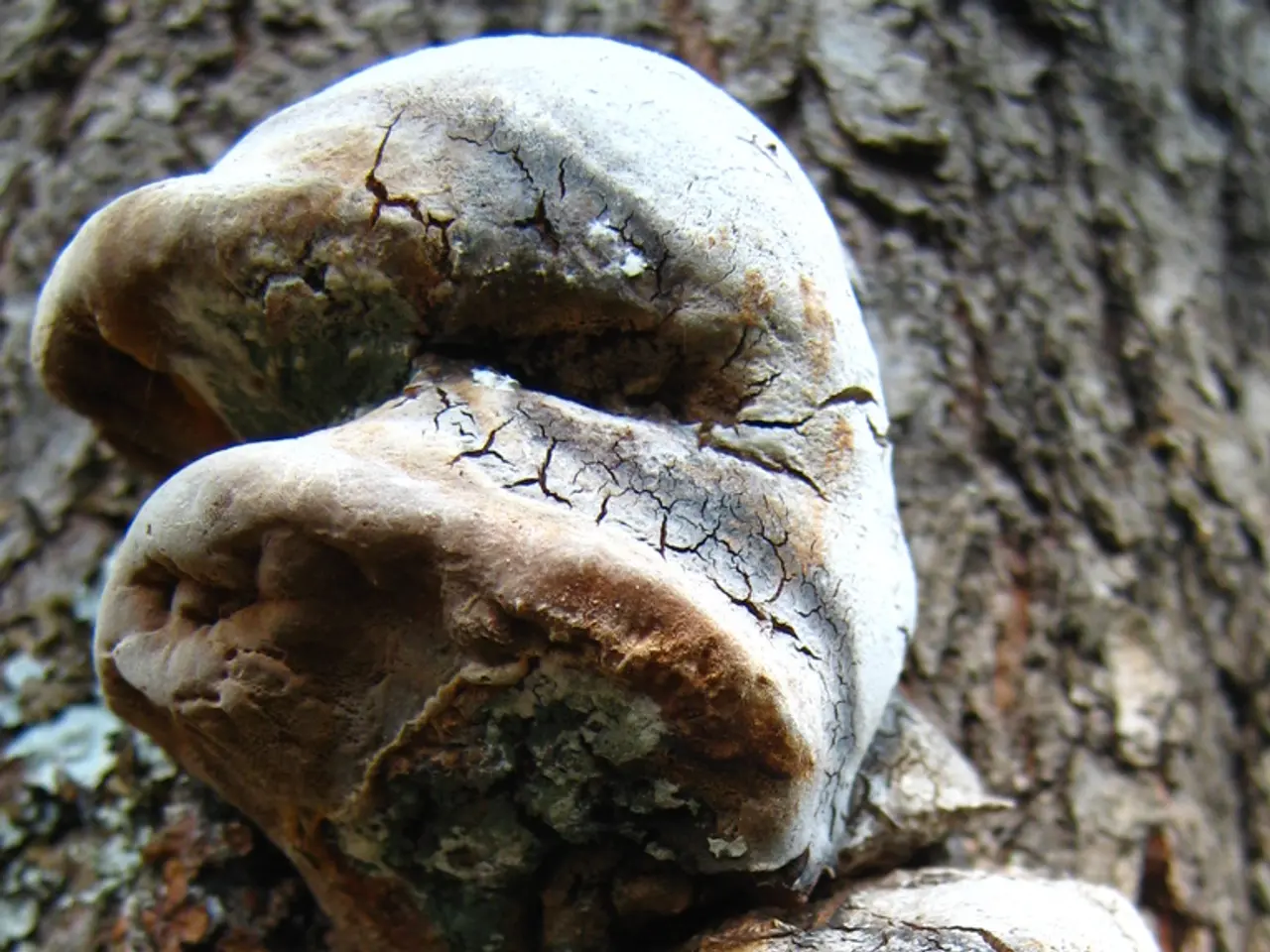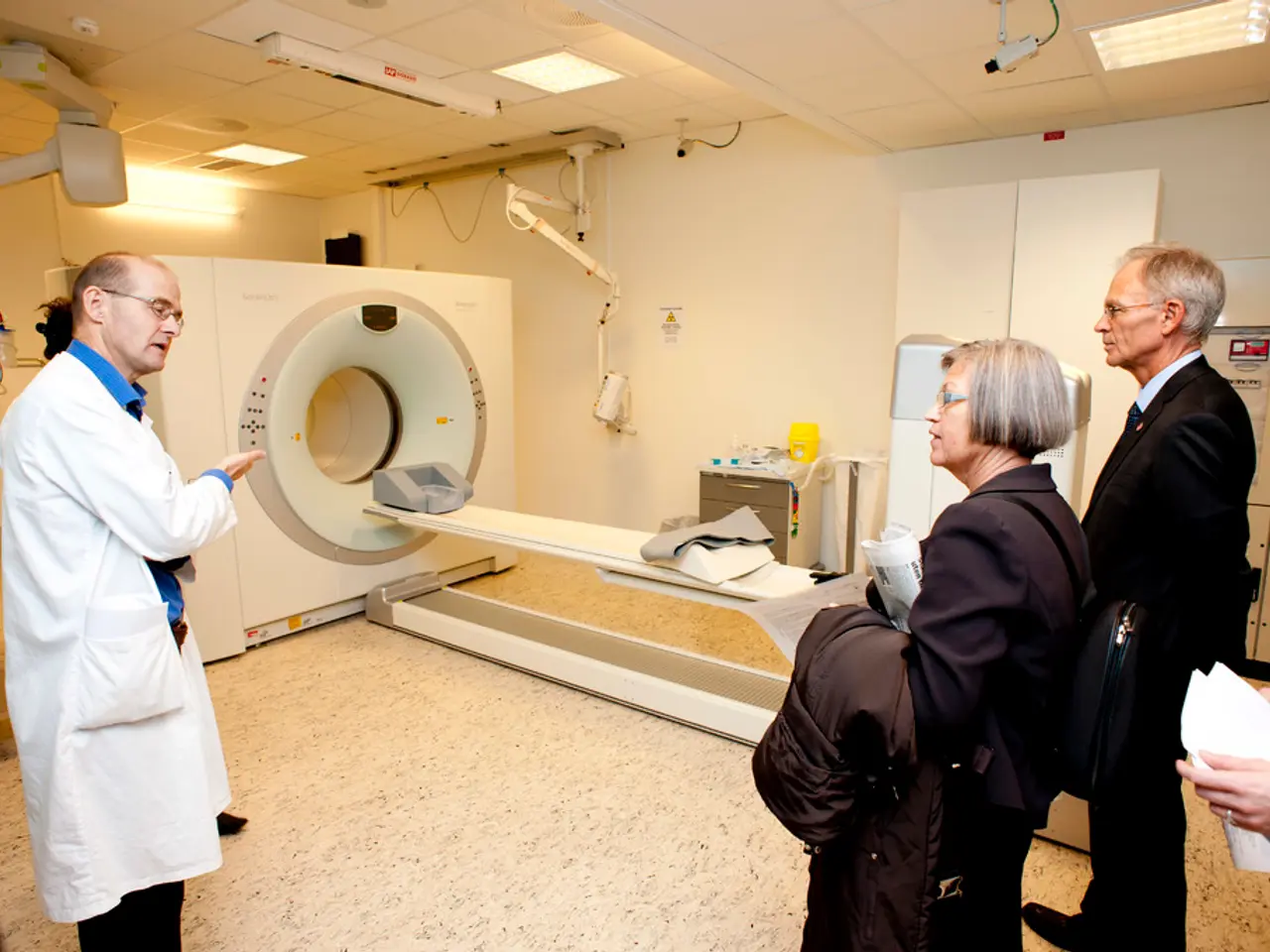Trichomycosis Explained: Symptoms, Causes, and Treatment Options
In the realm of health and hygiene, a lesser-known condition called trichomycosis, also known as trichomycosis axillaris or trichobacteriosis, has been gaining attention. This bacterial infection primarily affects the hair of the armpits, but can also occur in the pubic area or intergluteal region.
## Origins and Causes Trichomycosis is caused by bacteria such as *Corynebacterium* species, which adhere to the hair shafts. Warm and humid environments facilitate the growth of these bacteria, making them more prevalent in tropical climates. While trichomycosis is typically not contagious, it can spread among people in very close and overcrowded environments.
## Recognising the Symptoms Common symptoms of trichomycosis include firm yellow nodules attached to the hairs in the affected area, increased sweating, changes in hair texture, and a characteristic unpleasant smell. It's important to note that trichomycosis can be asymptomatic in many cases, making it underreported.
## Effective Treatment Methods Effective treatment for trichomycosis involves maintaining good hygiene practices, such as washing the affected area daily with soap and water, using breathable clothing, and drying the body thoroughly after bathing or swimming. Regular use of antimicrobial soap and benzoyl peroxide wash can help reduce bacterial load.
In some cases, topical antibiotics like erythromycin or creams containing benzoyl peroxide may be necessary. For severe cases, oral erythromycin might be prescribed. Dermoscopy and Wood Lamp examination are useful diagnostic tools to differentiate trichomycosis from other conditions like piedra or erythrasma.
## Prevention and Management Following good hygiene practices is crucial for both treatment and prevention of trichomycosis. Risk factors include excessive underarm sweat, not shaving the area, and poor hygiene. It's essential to seek advice from a doctor if symptoms do not go away or get worse, even if they are mild.
Trichomycosis is relatively mild and can be managed effectively with proper hygiene and medical treatment. It should not be confused with trichomoniasis, a sexually transmitted infection caused by *Trichomonas vaginalis* and requiring antibiotic treatment like metronidazole.
[1] Dermoscopy and Wood Lamp Examination: https://www.ncbi.nlm.nih.gov/pmc/articles/PMC4715064/ [2] Trichomoniasis: https://www.nhs.uk/conditions/trichomoniasis/ [5] Metronidazole: https://www.nhs.uk/medicines/metronidazole/
- The predictive sciences indicate that trichomycosis, a lesser-known bacterial condition affecting the hair of certain body regions, might become more prevalent in future due to climate changes, as warm and humid environments facilitate the growth of causative bacteria.
- Among the medical-conditions linked with poor health-and-wellness, trichomycosis needs attention for its association with obesity, diabetes, and depression, though the mechanisms behind these associations are still subjects of ongoing scientific research.
- Understanding the consequences of trichomycosis for skin-care is essential, as affected individuals may notice changes in their hair texture and an unpleasant smell, although these symptoms could sometimes be absent.
- In line with the importance of proper hygiene in preventing and treating medical-conditions, maintaining good personal and body care can reduce the risk of contracting or spreading trichomycosis, especially in warm and humid environments.
- Just as with many other skin-care concerns, one should turn to a healthcare professional for guidance when dealing with trichomycosis—consulting a doctor is recommended if symptoms persist or worsen, regardless of their severity.




